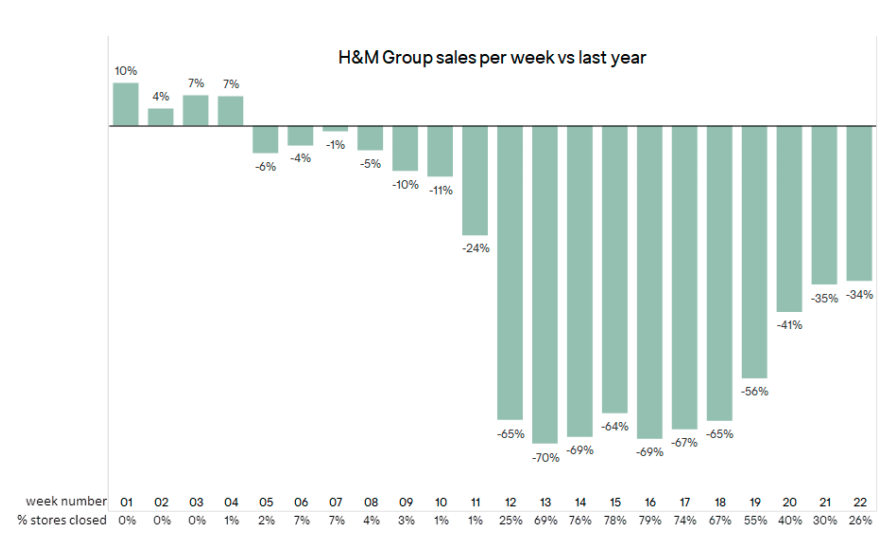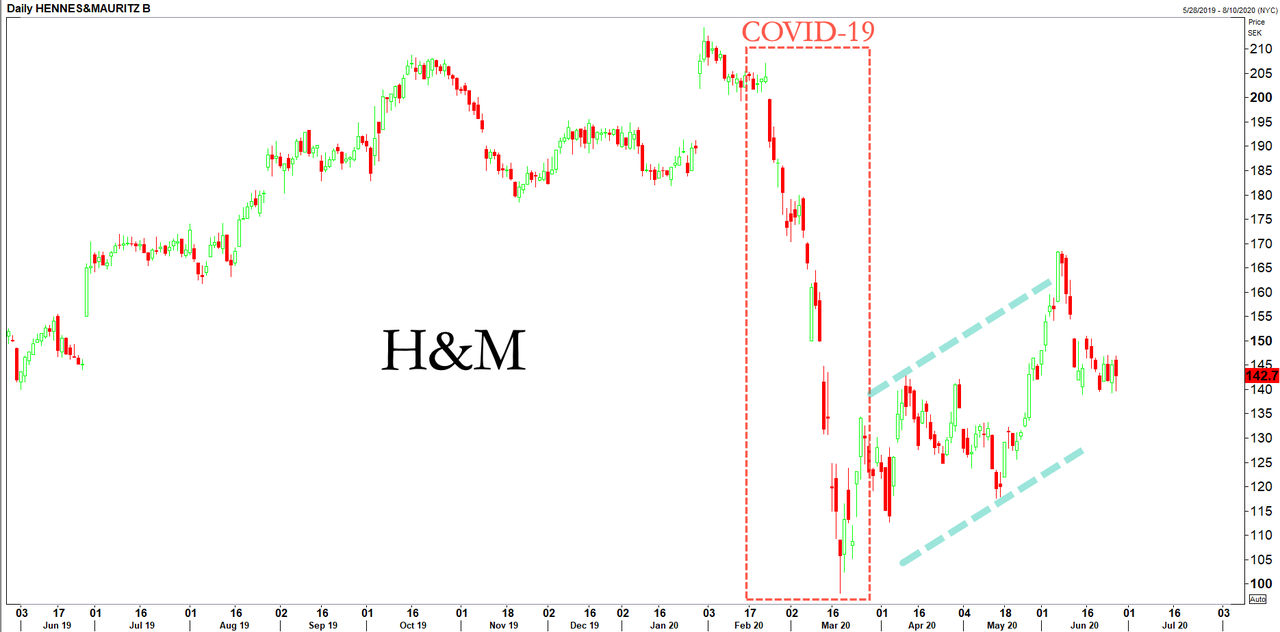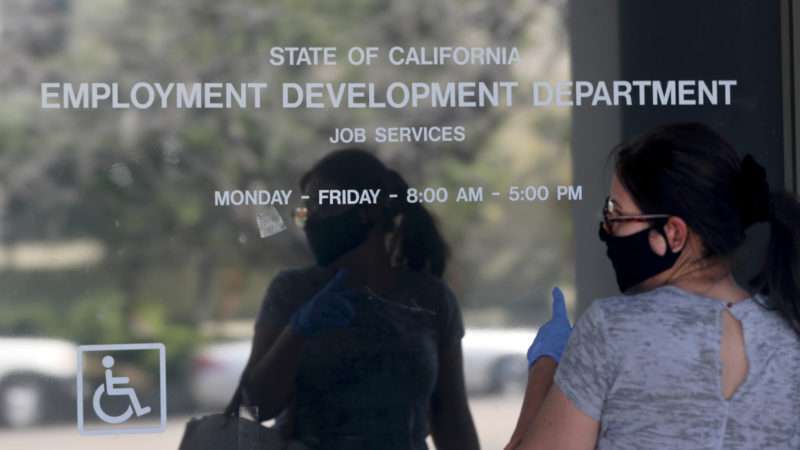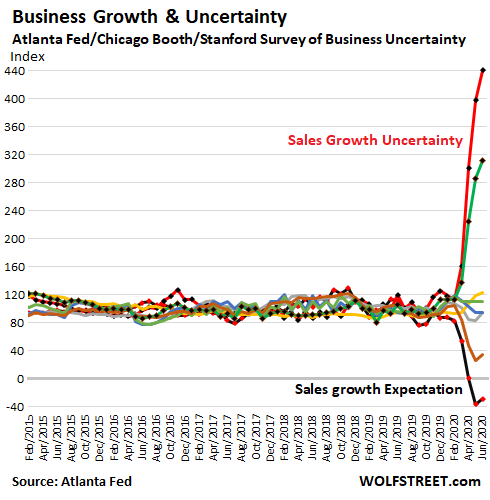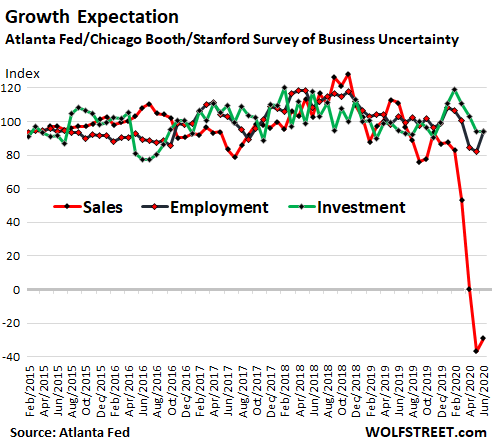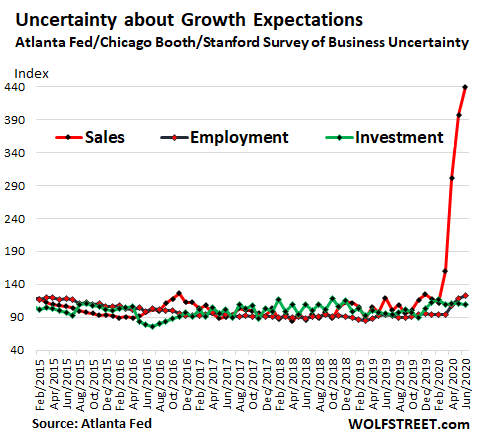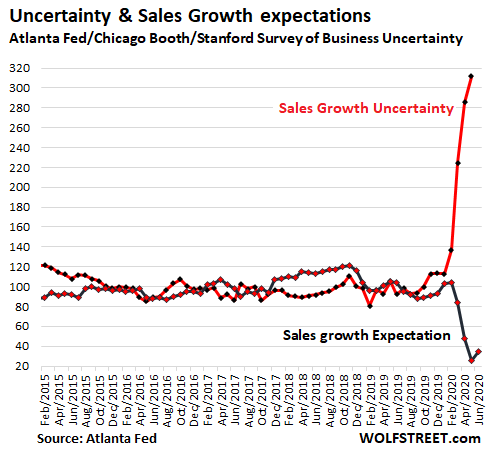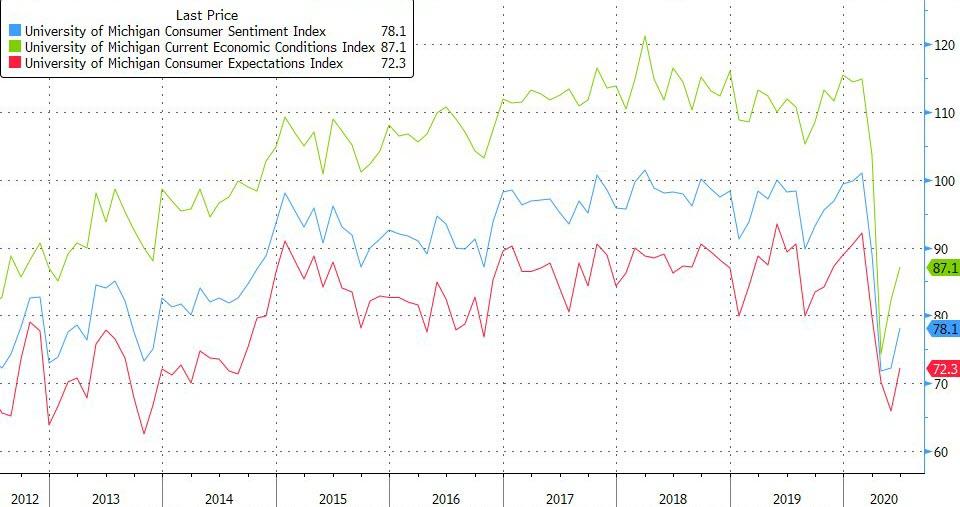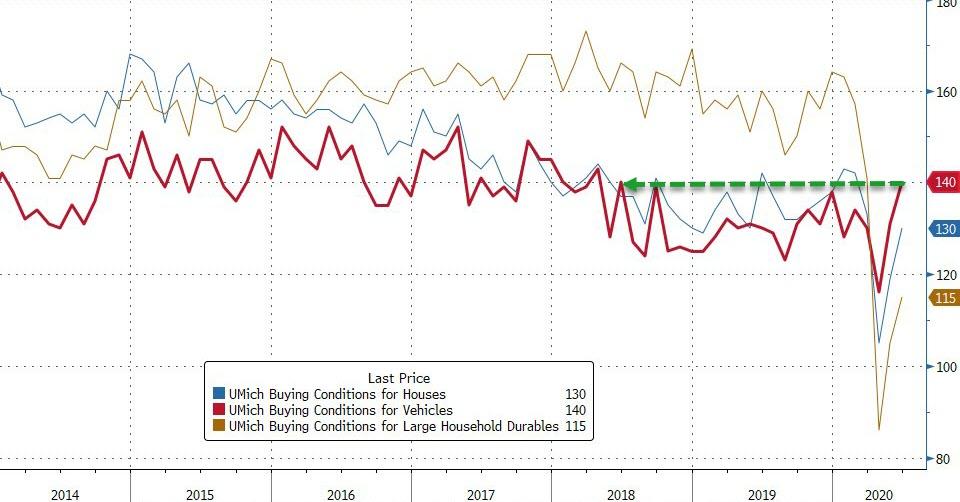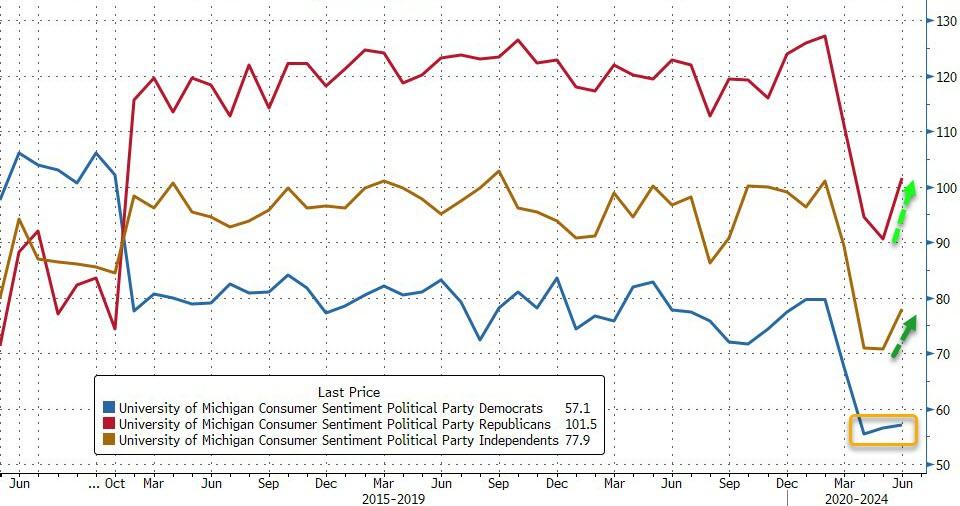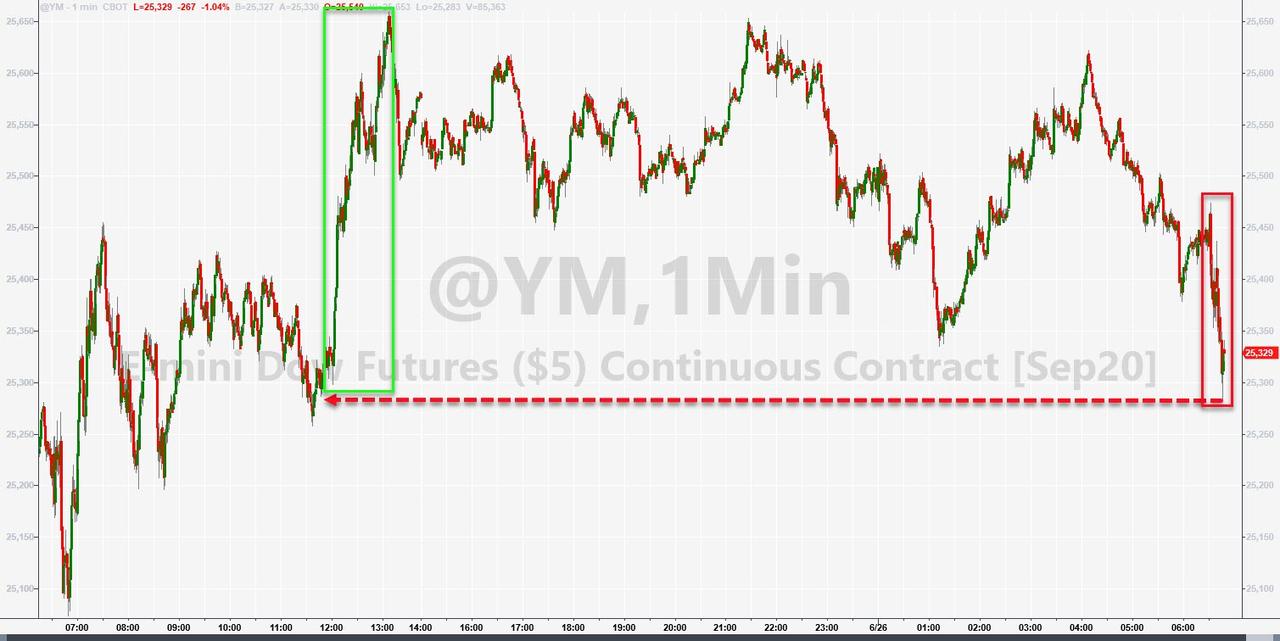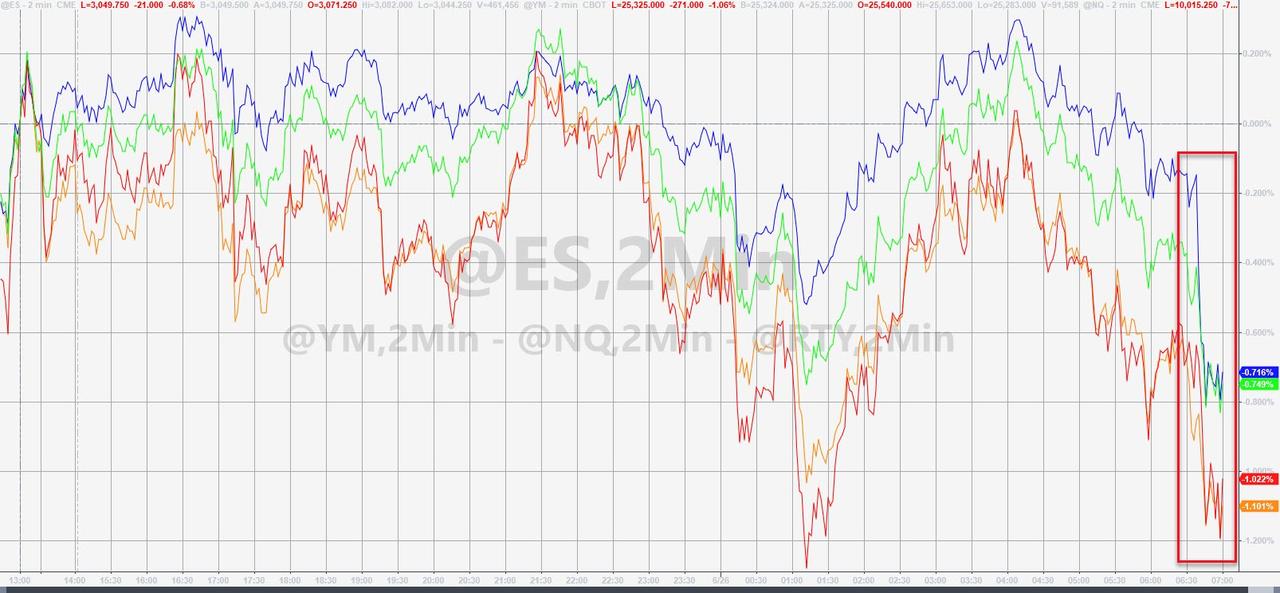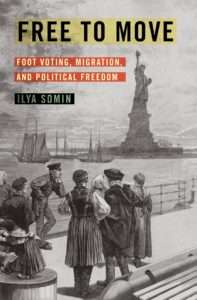
In previous posts based on my new book Free to Move: Foot Voting, Migration, and Political Freedom, I explained what the book is about and why I wrote it, described the advantages of foot voting over ballot box voting, took a closer look at the three major types of foot voting, and summarized the book’s answers to a number of common justifications for restricting migration rights. In this post—the last in the series—I provide an overview of the final two chapters of the book, which explain how both domestic constitutions and international law can be structured in ways that facilitate foot voting, while minimizing potential downsides.
There are many ways in which domestic constitutional law can promote foot voting. Some are relatively obvious. For example, it can ban restrictions on migration from one state or locality to another. At least until the current Coronavirus crisis, modern Americans have taken interstate mobility for granted; and even now states have enacted only relatively modest restrictions on it, such as 14-day quarantines for people arriving from high-risk locations. Historically, however, state governments imposed more severe restrictions, including trying to keep out African-Americans and “paupers”—often citing the same sorts of justifications that are today used to justify restricting international migration. Internal mobility is still restricted in some other countries today, notably including China, with its hukou system.
Foot voting can also be facilitated by constitutional limitations on the scope of central government power. The more issues are devolved to regional or local governments, the greater the opportunities for people to “vote with their feet” between them. The same goes for constitutional rights that leave issues such as speech, religion, and other questions to the private sector. That facilitates foot voting between private institutions, which often offers greater choice, higher quality, and lower moving costs than is possible with public-sector foot voting.
Constitutional limits on central government subsidization of regional and local governments can help facilitate foot voting by incentivizing competition between jurisdictions seeking to attract new taxpayers. As I discuss elsewhere in the book, this is entirely compatible with a centralized system of redistribution to the poor, provided that the funds go to poor people directly rather than getting channeled through subnational governments.
At the same time, strong constitutional protection for property rights in immobile assets can prevent subnational governments from expropriating or otherwise exploiting immobile property to make up for the fact that they cannot “trap” mobile assets. This is one of several ways in which constitutional law can mitigate potential downsides of foot voting.
Constitutional design can also be used to facilitate international migration. The most obvious way is by placing tight limits on the national government’s power to exclude immigrants, as the US Constitution was understood to do during the Founding era and long after. If the central government is nonetheless given a broad power to exclude, that power should at least be subject to the same limitations as other national government powers. For example, it cannot be used to exclude migrants on the basis of race, ethnicity, religion, speech, and other criteria that would be unconstitutional in the context of other government policies. Sadly, current US Supreme Court precedent instead largely exempts immigration restrictions from constitutional constraints that apply to other policies.
In federal systems, the constitution can allow subnational jurisdictions to issue visas to immigrants, who otherwise would not have been accepted by the central government. Such systems already exist in Canada and Australia, and the US should consider adopting a similar approach, as has been proposed by GOP Senator Ron Johnson and Democratic presidential candidate Joe Biden, among others (see discussion of their proposals in Chapter 7).
While the central government’s power to ban migrants should be severely restricted, it should have the power to adopt “keyhole solutions” limiting potential negative side effects of migration. These may include restricting eligibility for the franchise and for welfare payments, temporary quarantine provisions to limit the spread of disease, and—possibly—imposing special taxes or entry fees, where necessary to offset costs. Most Western governments, in fact already have such powers. They should be kept limited so as to prevent their use as backdoor restrictions on immigration.
In Chapter 7, I also discuss a range of less obvious ways in which constitutional rights can facilitate foot voting. They include protections for freedom of religion, broad rights to marriage—including same-sex marriage, economic liberties, property rights, due process rights for people arrested and detained by the government, and others.
I certainly do not claim that the protection and expansion of foot voting should be the only factor considered in constitutional design; still less do I believe that there is one constitutional structure that is ideal for every nation. But foot voting should be an important element in evaluating constitutions, one that is too often neglected.
In Chapter 8, I consider the implications of foot voting for international law and global governance. In the first part of that chapter, I describe how foot voting can be promoted by expanding the range of people who qualify as a “refugees” whom governments are forbidden to expel. Current US and international law draw a sharp distinction between “economic” migrants and those fleeing persecution based on race, ethnicity, gender, and other similar characteristics. I argue that this distinction is untenable, in large part because it ignores the fact that many “economic” refugees are actually victims of oppressive government policies. I discuss a number of proposals for incrementally expanding refugee rights, and also consider which types of refugees should be given priority in a second-best world where we cannot (at least not yet) establish a general presumption of free migration for all.
The last part of Chapter 8 offers a warning against the dangers of world government and strong forms of “global governance.” While such ideas may seem consonant with the cosmopolitan orientation of Free to Move and especially with the critique of ethnic nationalism in Chapter 5, they are in fact inimical to foot voting. The reason is simple: a world government is a regime with no exit—one whose authority we cannot use foot voting to escape. Moreover, foot voting and political freedom would be even more seriously compromised if the world government became corrupt, oppressive, authoritarian—or—worst of all—degenerated into a totalitarian state. The same risks arise, albeit to a lesser degree, from proposals for strong forms of “global governance” that fall short of full world government.
In the book, I discuss why the risks of world government are not sufficiently mitigated if that government is democratic, has a federal structure, or both. Among other things, there is good reason to fear that a global democratic or federal state wouldn’t stay that way in the medium to long-run. The discussion of world government in Chapter 8 expands on “A Cosmopolitan Case Against World Government,” a 2017 article I wrote for the World Government Research Network. In that article—and more fully in the book—I also discuss why world government and global governance are subjects worth thinking about and debating, even though it is unlikely that a world government will be established in the near future.
I do not claim that world government or strong global governance can never be justified. If, as advocates claim, they are the only way to forestall some enormous evil like global nuclear war or environmental catastrophe, then their benefits might outweigh the enormous risks. But there should at least be a strong presumption against creating such dangerous institutions. In the book, I explain why the problems world government advocates cite as justifications are better addressed by other means. Some of them might even be exacerbated rather than ameliorated by the establishment of a world state.
In these chapters and in other parts of the book, I emphasize how my argument is both radical and moderate at the same time. It is radical because I advocate a massive expansion in foot voting rights, both domestic and international. But it is moderate because I emphasize that there is much to be gained from more moderate incremental reforms. Even a modest 10% increase in the number of new immigrants allowed into the US and other liberal democracies would mean vastly greater freedom and happiness for millions of people. A 10% increase in domestic freedom of movement in the United States—accomplished by reducing obstacles to mobility such as exclusionary zoning—would also benefit large numbers of people, particularly the poor and disadvantaged.
At various points in the book, I discuss a number of incremental reforms that can expand both domestic and international freedom of movement without major changes to current political institutions. But I also emphasize that the ultimate goal should be the one Frederick Douglass outlined in a great 1869 speech on immigration, decrying then-widespread opposition to Asian migration to the United States:
There are such things in the world as human rights. They rest upon no conventional foundation, but are external, universal, and indestructible. Among these, is the right of locomotion; the right of migration; the right which belongs to no particular race, but belongs alike to all and to all alike. It is the right you assert by staying here, and your fathers asserted by coming here. It is this great right that I assert for the Chinese and Japanese, and for all other varieties of men equally with yourselves, now and forever.
This is the last in the series of posts based on my new book Free to Move. Like previous posts in the series, it provides only an overview of points discussed in much greater depth in the book itself. I hope those interested in these will consider reading it. As previously promised, I will donate 50% of all royalties generated by the book to causes benefiting refugees.
NOTE: The Introduction to Free to Move, which provides an overview of the rest, is available for free download on the SSRN website here.

from Latest – Reason.com https://ift.tt/2BfIdBv
via IFTTT
